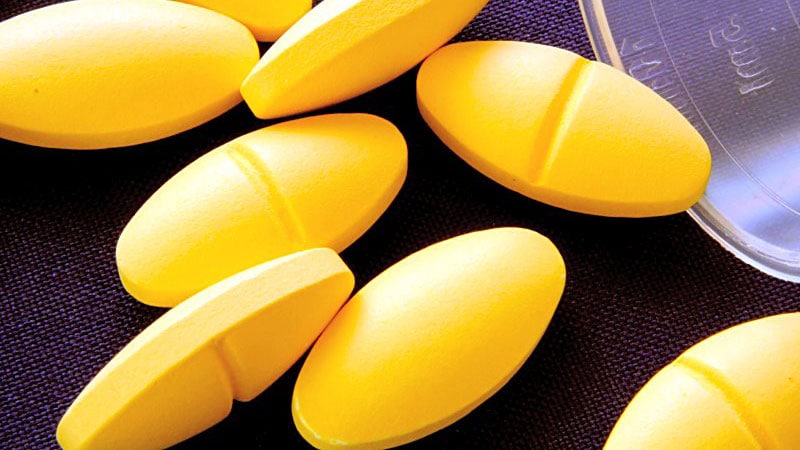Revolutionizing Pediatric Medication with 3D Printing
Core Concepts
Revolutionizing pediatric medication through 3D printing for precise dosages and personalized treatments.
Abstract
The content discusses the innovative approach of 3D printing medication for pediatric patients to ensure precise dosages and personalized treatments. It highlights the challenges faced in traditional drug administration for children and the potential benefits of this new method. The research aims to create child-friendly tablets with accurate dosages and flavors, addressing the shortcomings of mass-produced drugs. By utilizing 3D printing technology without solvents, the team at Texas A&M University is pioneering a new way to manufacture medication tailored to individual needs. The process involves creating a powder mixture of the drug, a biocompatible polymer, and a pigment for coloring and heat absorption. Laser heat applications are used to finalize the tablets, allowing for different shapes and controlled drug release rates. The ultimate goal is to develop machine learning models for optimizing drug combinations and release profiles, potentially revolutionizing medication administration for both pediatric and adult patients.
3D-Printed Meds Customize the Exact Dose for Sick Children
Stats
"Suppose the child needs 3.4 milligrams and only a 10-milligram tablet is available. Once you manipulate the dosage from solid to liquid, how do you ensure that it has the same amount of drug in it?" - Mansoor Khan, PhD
"Most pharmacies lack the equipment to test compounded drug quality." - Mansoor Khan, PhD
"The FDA approved a 3D-printed drug in 2015, but since then, progress has stalled, largely because the method relied on solvents to bind drug particles together." - Mathew Kuttolamadom, PhD
Quotes
"Flavor is a big issue." - Olive Eckstein, MD
"Personalized tablets could be printed at your local pharmacy, even before you leave your doctor's office." - Mathew Kuttolamadom, PhD
Key Insights Distilled From
by Sarah Amando... at www.medscape.com 09-07-2023
http://www.medscape.com/viewarticle/996195
Deeper Inquiries
How can 3D printing technology impact the future of pharmaceuticals beyond pediatric medication?
3D printing technology has the potential to revolutionize the pharmaceutical industry beyond pediatric medication by enabling personalized medicine tailored to individual patients. This customization can lead to more precise dosages, unique drug combinations, and specific release rates based on patient needs. Additionally, 3D printing allows for the creation of complex drug delivery systems that are not feasible with traditional manufacturing methods. This technology can streamline the drug development process, reduce costs, and improve patient adherence by offering medications in more appealing forms and flavors.
What potential challenges or ethical considerations might arise with the widespread adoption of 3D-printed medication?
With the widespread adoption of 3D-printed medication, several challenges and ethical considerations may arise. Quality control and regulatory issues could be a concern, as ensuring the accuracy and consistency of 3D-printed drugs may be more complex than with traditional manufacturing methods. There may also be questions regarding intellectual property rights and the potential for unauthorized replication of patented medications. Additionally, the accessibility and affordability of 3D-printed medications could be a challenge, especially in developing countries or underserved communities. Ethical dilemmas may arise concerning the distribution of resources and the prioritization of certain patient populations for personalized medication.
How can advancements in 3D printing for medication inspire innovation in other healthcare fields?
Advancements in 3D printing for medication can inspire innovation in other healthcare fields by showcasing the potential for personalized and on-demand solutions. The ability to create customized drug formulations quickly and efficiently can be applied to areas such as medical devices, prosthetics, and tissue engineering. 3D printing technology can revolutionize the production of medical implants, surgical tools, and anatomical models, leading to improved patient outcomes and reduced healthcare costs. Furthermore, the principles of precision and customization in 3D-printed medication can be translated to personalized treatment plans, diagnostic tools, and regenerative medicine applications, driving innovation across various healthcare disciplines.
0
More on Healthcare
